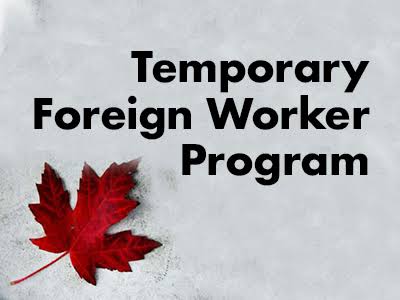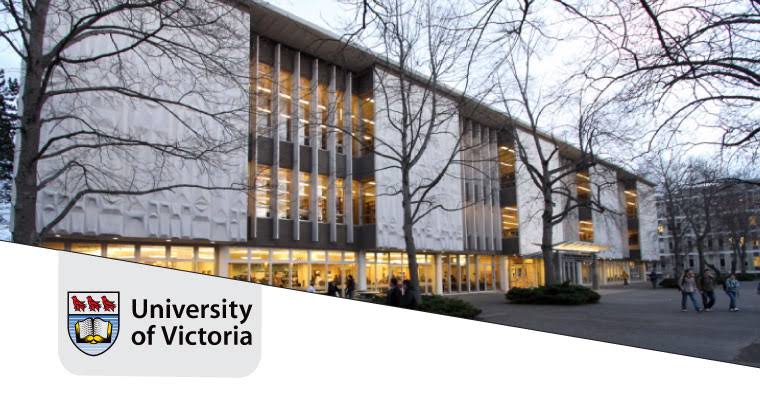In response to growing labor shortages, demographic shifts, and sector-specific demands, Canada has revamped its approach to labor migration with the introduction of the new Temporary Foreign Worker Program (TFWP) reforms in 2025. This update comes at a time when Canada is striving to maintain economic stability, ensure workforce continuity, and balance the rights of both domestic and foreign workers. As of July 2025, the federal government has rolled out several changes to enhance efficiency, transparency, and fairness in how temporary foreign labor is sourced and managed across the country.
The program has long been a pillar of Canada’s labor strategy, especially in agriculture, healthcare, construction, and hospitality. However, it has also faced criticism in the past over worker exploitation, bureaucratic delays, and mismatched employer-worker expectations. These new reforms aim to address those concerns while continuing to provide Canadian employers with access to much-needed global talent.
Key Features of the Updated Program
The 2025 version of Canada’s Temporary Foreign Worker Program comes with a range of critical updates. First and foremost is the introduction of a streamlined Labour Market Impact Assessment (LMIA) process. Employers can now access an expedited digital portal that uses AI tools to determine eligibility, assess regional labor needs, and match with pre-screened foreign candidates within 10 business days—down from the previous 30 to 40 days.
Another core feature is the inclusion of sector-specific pathways. For instance, the program now distinguishes between high-skill and low-skill streams, creating tailored policies for agriculture workers, truck drivers, tech specialists, healthcare aides, and seasonal laborers. This allows for more targeted immigration planning and better job matching between workers and employers.
The government has also committed to stronger oversight through regular compliance inspections, mandatory training for employers, and stricter penalties for labor violations. These measures are intended to protect foreign workers from abuse and ensure that Canadian labor standards are upheld.
Better Protections for Foreign Workers
One of the most significant improvements in the 2025 TFWP is the enhanced legal protections for foreign workers. Workers will now receive a digital welcome package upon arrival that includes information on labor rights, provincial minimum wage standards, emergency contact lines, and how to report abuse anonymously.
Moreover, all workers are now entitled to employer-provided health insurance from day one of their contract. Temporary foreign workers will also have access to legal representation and multilingual community support centers in major cities such as Toronto, Vancouver, Calgary, and Montreal.
The government has also launched a mobile app—“MyRights Canada”—where foreign workers can access resources, file complaints, and track the status of their permits or renewal applications. These tools offer transparency and help ensure that workers are not left vulnerable in unfamiliar environments.
Streamlined Application Process for Employers
For employers, the program’s redesign makes hiring foreign workers more accessible and less bureaucratic. The new TFWP Employer Hub allows businesses to submit LMIAs, track application progress, upload required documentation, and receive updates in real-time. A dedicated hotline is also available to support small businesses that may not have prior experience with immigration processes.
Employers must now register with a centralized national database that vets businesses for previous labor violations. Only approved employers are eligible to hire through the new TFWP, ensuring greater accountability and ethical practices.
An additional incentive for employers is the introduction of the “Transition to Permanent Residency” clause. This encourages long-term workforce development by allowing high-performing temporary workers to apply for permanent status under an employer nomination stream after 18 months of continuous employment.
Focus on Regional Labor Needs
Canada’s labor shortages are not uniform across the country. Recognizing this, the federal government has integrated a Regional Needs Assessment framework into the new TFWP. This tool collects real-time data from provincial governments, labor boards, and industry associations to identify which regions need what kind of workers—and in what quantity.
For example, British Columbia may prioritize healthcare aides, while Prince Edward Island might require more agricultural laborers. The new system adapts recruitment targets based on such localized data, ensuring a more balanced labor market nationwide.
In addition, provinces have been granted more autonomy to collaborate with federal immigration officials to develop specific TFWP streams suited to their economic realities. This localized flexibility is especially beneficial for rural and remote communities struggling to fill critical roles.
Integration with Canada’s Broader Immigration Goals
The new TFWP aligns more closely with Canada’s long-term immigration and demographic strategies. With the national birthrate declining and retirements on the rise, the program serves as a bridge for skilled and unskilled workers to potentially transition into permanent residency pathways.
The 2025 reforms are also intended to work in sync with Express Entry, Provincial Nominee Programs (PNPs), and the Atlantic Immigration Pilot. Temporary foreign workers who demonstrate consistent employment, language proficiency, and community engagement are given additional points when applying for permanent status under these programs.
This integrated approach ensures that foreign workers aren’t just filling short-term gaps but are also contributing meaningfully to Canada’s social and economic fabric over the long term.
Public and Industry Response
Initial responses to the updated Temporary Foreign Worker Program have been largely positive, particularly from industry stakeholders and provincial governments. Sectors like agriculture and hospitality have welcomed the faster processing times and more transparent matching systems. Meanwhile, advocacy groups have praised the emphasis on worker rights and digital tools that empower foreign laborers.
However, concerns remain among some critics about the enforceability of worker protections in more remote areas and the potential for exploitation if oversight mechanisms are not properly implemented. The federal government has acknowledged these concerns and pledged ongoing evaluations and audits to assess the program’s impact throughout 2025 and beyond.
Final Thoughts
Canada’s newly reformed Temporary Foreign Worker Program represents a substantial step forward in how the country manages labor migration. By balancing the interests of employers, safeguarding worker rights, and integrating technology-driven processes, the program reflects a modern approach to workforce planning in a globalized economy.
As of July 2025, the emphasis on regional flexibility, streamlined procedures, and pathways to permanent residency shows that Canada is not only reacting to labor market demands but also proactively shaping its immigration landscape. For employers in need of skilled help and workers seeking fair opportunities, this version of the TFWP offers a more balanced, humane, and future-focused solution.



